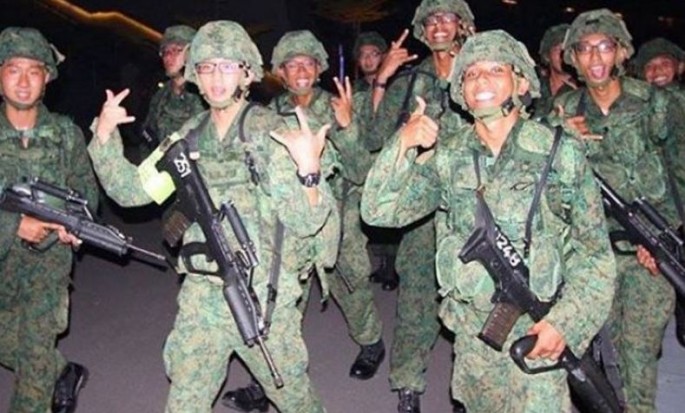Singapore this week will formalize an agreement with Australia where it will spend US$1.7 billion to expand its military training facilities Down Under.
The agreement to be signed during the visit to Australia of Singaporean Prime Minister Lee Hsien Loong on Oct. 12 will allow Singapore to rotate 14,000 troops through Australia.
Letting various divisions of the Singapore Army exercise together will let Singapore develop "one of the most well-trained and proficient militaries in the region, to keep Singapore and Singaporeans well protected," said Minister of Defense Ng Eng Hen.
Singapore's investment to expand military facilities in northeastern Australia will more than triple the training area its troops currently use. Singapore will build a new artillery range where its big guns, such as its self-propelled howitzers from Germany and Apache attack helicopters, can fire live rounds.
It's also planning to build a mock city with multi-storey buildings for soldiers to hone their urban warfare skills.
In total, the expansion of the training space in Queensland's Shoalwater Bay and Townsville will accommodate up to 14,000 Singaporean servicemen and their machines to train in an area 10 times the size of Singapore.
Based on the Comprehensive Strategic Partnership signed in 2015, the new defense deal will allow Singaporean soldiers to train in Australia for 25 years.
Despite having a total land area of only 719 km and a population of only 5.6 million persons, Singapore has one of the most powerful and technologically advanced armed forces in Southeast Asia.
Its air force is the most powerful among the 10 members of the Association of Southeast Asian Nations while it spends more on defense than any Southeast Asian country.
The Singapore Army views technology as a force-multiplier and a means to sustain combat power given Singapore's population constraints. The Singapore Armed Forces emphasizes joint operations and network centric fighting.
Combat readiness is a linchpin of army policy. Military exercises up to divisional level are conducted many times yearly.
The exercises simulate full-spectrum operations, up to and including full-scale war. Divisional war games are combined arms, tri-service drills involving the Republic of Singapore Navy and Air Force. Because training space is limited in Singapore, some military exercises are conducted overseas, especially in Australia.



























